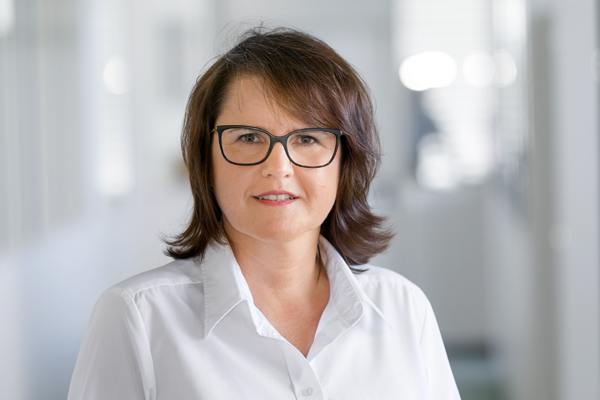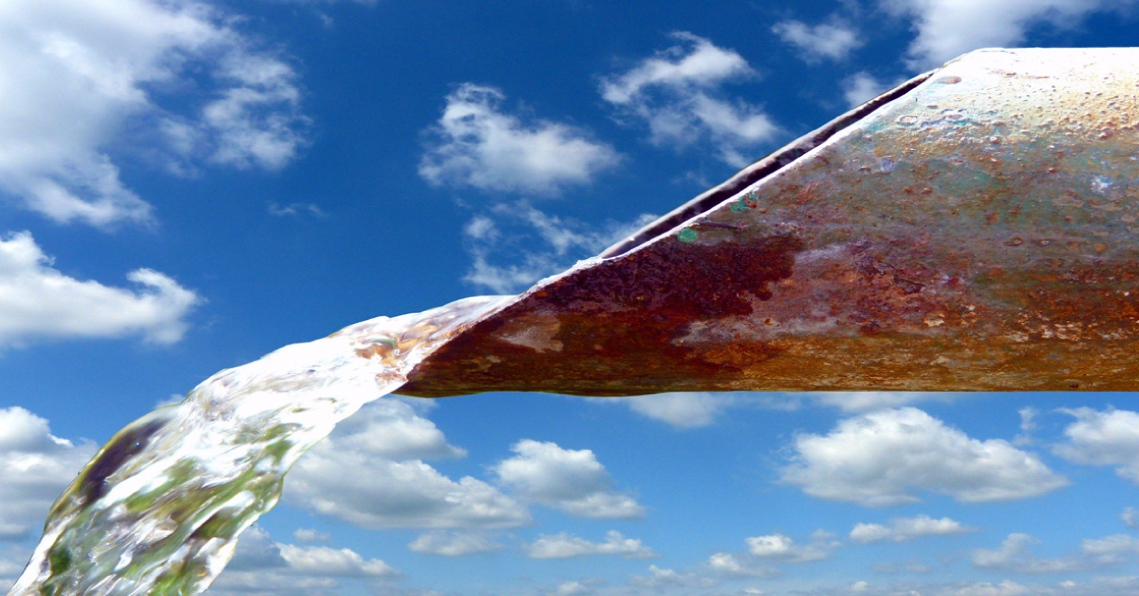Decolorizing Colored Dyehouse Wastewater in Textile Finishing Mills with Flocculants
Dyehouse wastewater, but also effluents from printing plants or laundries, are frequently tinted with residual dyes, water-soluble dyestuffs or colored pigments. Worldwide, the textile industry produces hundreds of millions of cubic meters of dyed wastewater, which, if not decolorized or treated, could reach surface water and pollute it.
Many finishing plants run on-site wastewater treatment facilities. For decolorization water-soluble dyestuff molecules in the wastewater can be precipitated with special flocculants. Usually, inorganic or synthetic organic flocculants and coagulants are used. First of all, the dyestuff molecules are precipitated with primary flocculants. Subsequently, the size and weight of the agglomerates should be increased with the help of so-called secondary flocculants in order to produce larger flocs. The mechanical mixing of the effluents with the flocculants has to be followed by a motionless sedimentation phase. Turbulence and shear forces could otherwise cause the relatively unstable agglomerates of flocculants and dyes to be disrupted again. Finally, the solid and liquid phases are separated by flotation or sedimentation and the sludge is disposed of accordingly. The decolorized wastewater can then be discharged into the sewer system for further wastewater treatment.
PERIFLOC Flocculants for Sewage Treatment
We have various PERIFLOC flocculants for sewage treatment in our product range: PERIFLOC primary flocculants are added to form agglomerates for decolorizing the wastewater from wet finishing. PERIFLOC secondary flocculants can then be added to induce the formation of larger, more voluminous flocs.
PERIFLOC Primary Flocculants:
PERIFLOC RS conc.
PERIFLOC RS conc. is a cationic condensation product used for flocculation of anionic dyes, particularly of reactive, direct and acid dyes, in the wastewater. It is applicable in wastewater treatment facilities and purification plants.
PERIFLOC SFA
PERIFLOC SFA is an anionic condensation product applied for flocculating cationic dyes, especially basic dyes, from effluents and in sewage treatment plants.
PERIFLOC Secondary Flocculants:
PERIFLOC AC 100
PERIFLOC AC 100 is a non-ionic secondary flocculant in powder form. PERIFLOC AC 100 is used together with cationic primary flocculants such as PERIFLOC RS conc., PERIFLOC AC 100 supports floc formation and improves flocculation properties such as floc size, density, filterability and dewatering properties.
Application of PERIFLOC Flocculants for Removing Residual Dyes
The use of the PERIFLOC flocculants depends on the type and the amount of residual dyes in the wastewater. The optimum application quantity of PERIFLOC flocculants needs to be determined in tests with the respective wastewater. Preliminary tests in the laboratory are necessary, as the flocculation process depends on various further parameters, such as temperature, pH value, etc. In case of underdosing, the wastewater will not be completely decolorized. If overdosed, the wastewater would be polluted by excess flocculants. In addition, overdosing of the flocculant can impede the flocculation and, in the case of severe overdosing, can prevent it completely.
Please Contact Us

Of course, our experts will be happy to advise you on the right products for your operation and support you in determining the correct application quantities. Contact our specialists directly by e-mail or via our online form.
- Sylvia Palikowski
- Application Technology
- +49 7121 9589-24
- sylvia.palikowski@drpetry.de


